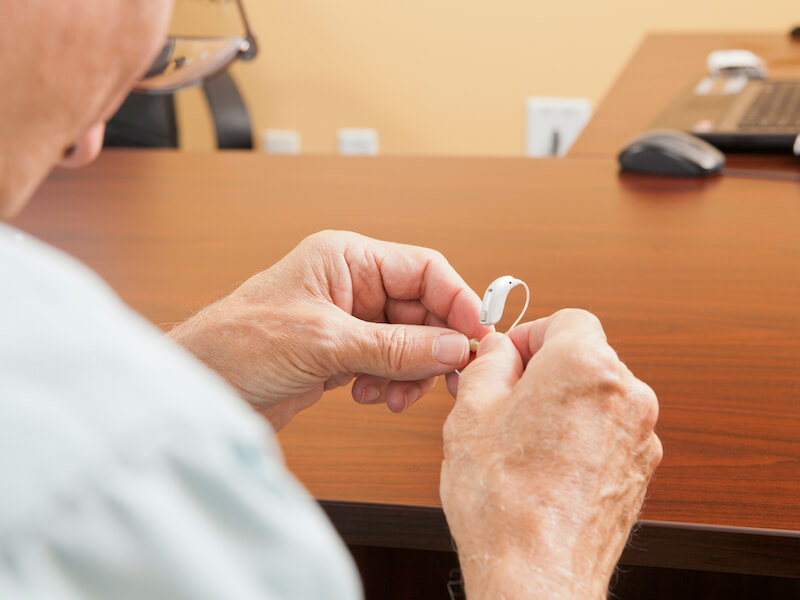
You go above and beyond to make sure your hearing aids are well taken care of. When you go to sleep, you always put them snuggly on the charger and you clean them daily.
But you get pretty distressed when your hearing aids abruptly stop working the way they did once. Fortunately, there are a few steps you can take to diagnose the problem. Not doing any additional damage is your number one priority so you won’t have to replace them.
Hearing aid troubleshooting
Of course, when you first got your nice new hearing aids, you made a point of storing the owner’s manual in a safe place. Hopefully, you did so that you can check with your owner’s manual to perform maintenance and troubleshooting. Each model of hearing aid can be rather different so it’s essential to follow the manual’s recommendations.
Here are some things you can check on most models:
- Check for visible damage: Does your hearing aid have any obvious loose components or cracks around its shell? If you find cracks, it could indicate that moisture is getting in and there may be more significant damage.
- Keep your microphone clear: Check your hearing aid to see if anything is obstructing the microphone. Your hearing aid may feedback or merely fail to work if the microphone is obstructed.
- Wax accumulation: Do a visual inspection of your hearing aid to make sure that there is no wax buildup interfering with standard functionality. Wax can build up quickly even if you clean your hearing aids frequently so make it a point to double check.
- Check your battery: You’ll still want to check the battery power even if you had your hearing aids charging overnight. It might be a good idea to check if you might need new batteries or if the old ones are correctly inserted, particularly if your batteries are replaceable.
Again, check with your owner’s manual on how you should address each of these concerns. Self-maintenance is sometimes possible.
How will I know when my hearing aid requires repair?
Your hearing aid will probably need to be professionally repaired if you do routine maintenance and it still malfunctions. That might not always sound desirable, after all, you depend on your hearing aid for day-to-day communication (along with dinners with your family, keeping up to date with your favorite Netflix series, and so on).
You won’t automatically be without your hearing aid for extended periods of time just because it needs to be serviced. In some cases, we can repair your hearing aid in office while you wait.
Or, you’ll be able to bring your hearing aids in for professional assistance and get them back in just a few hours (this, of course, depends on the extent of the damage, all the more reason to bring your devices in for repair as soon as you can).
There are still some instances where such rapid repair is not possible. A backup set of hearing aids may be needed in these situations. So if you have an old pair lying around, ask whether they will serve on a temporary basis. We may even be able to let you borrow a pair while you are waiting.
Get assistance with your hearing aids without delay
It’s essential to get your hearing aid checked and repaired if you start to notice the audio quality is starting to falter.
Any amount of downtime needs to be avoided. Your mental health and your overall health can be impacted by untreated hearing loss. Moreover, once your hearing aids are forgotten in a box somewhere, it’s all too easy to pretend they’re not there, all the while, your hearing gets worse and worse.
The best way to keep your hearing working properly is to keep those hearing aids working. Keeping them charged, clean, and when needed, professionally repaired is the best way to do that.